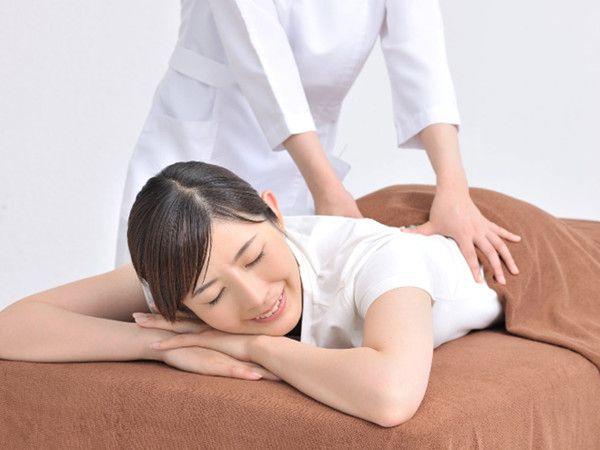
Reflexology, an old healing technique that goes back hundreds of years, has actually gained restored rate of interest in the contemporary globe as people seek alternate approaches for boosting their health and wellness and well-being. This alternative therapy is based upon the principle that particular points on the feet, ears, and hands match to different organs and systems within the body. By applying pressure to these factors, experts aim to advertise healing, relieve stress, and bring back equilibrium to the body.
The origins of reflexology can be mapped back to old people, consisting of Egypt and China. Actually, a pictograph discovered in the burial place of an Egyptian physician, dating around 2330 BC, depicts what seems a reflexology treatment. Over the centuries, numerous societies have actually created their own types of pressure factor therapy, but it wasn’t till the very early 20th century that reflexology as we understand it today began to form.
Dr. William Fitzgerald, an American ear, nose, and throat physician, is attributed with introducing “zone treatment” to the Western world in the early 1900s. His job was later improved and increased upon by Eunice Ingham, often described as the “mommy of contemporary reflexology.” Ingham developed detailed maps of reflex points on the feet and hands, which form the basis of modern reflexology methods.
The core belief in reflexology is that the body is interconnected, which by stimulating details response points, one can affect the functioning of corresponding body organs and systems. JKリフレどっとこむ of the toes are believed to match to the head, while the sphere of the foot is linked with the chest and lung location. By using stress to these areas, reflexologists aim to clear power blockages, improve flow, and promote the body’s natural healing processes.
While clinical research study on reflexology is recurring, many individuals report experiencing a range of advantages from routine sessions. These might include minimized anxiety and anxiousness, improved rest quality, enhanced circulation, and remedy for various kinds of discomfort, including frustrations and menstrual discomfort. Some people additionally find reflexology useful in managing signs connected with chronic conditions such as fibromyalgia and arthritis.
A common reflexology session normally lasts between 30 mins to an hour. The professional will certainly begin by assessing the client’s health background and present issues. The treatment itself entails applying differing degrees of pressure to details points on the ears, feet, or hands, depending upon the kind of reflexology being practiced. Many individuals discover the experience deeply relaxing and may also drop off to sleep throughout the session.
It’s essential to note that while reflexology can be an important enhance to traditional healthcare, it ought to not be considered as a substitute for expert clinical guidance or therapy. Always seek advice from with a doctor prior to starting any kind of new wellness regimen, specifically if you have pre-existing medical conditions or are expectant.
As interest in alternative health techniques remains to expand, reflexology is most likely to keep its popularity as a mild, non-invasive strategy to advertising total well-being. Whether you’re looking for stress and anxiety alleviation, discomfort monitoring, or merely a means to charge and loosen up, checking out the old art of reflexology could simply be the action in the direction of far better wellness you’ve been searching for.
Over the centuries, numerous societies have actually established their very own kinds of pressure factor treatment, however it wasn’t till the very early 20th century that reflexology as we know it today began to take shape.
Ingham developed thorough maps of response factors on the feet and hands, which develop the basis of contemporary reflexology techniques.
The core belief in reflexology is that the body is adjoined, and that by stimulating specific response factors, one can affect the performance of equivalent organs and systems. The therapy itself includes using differing levels of stress to details points on the hands, ears, or feet, depending on the type of reflexology being exercised.
